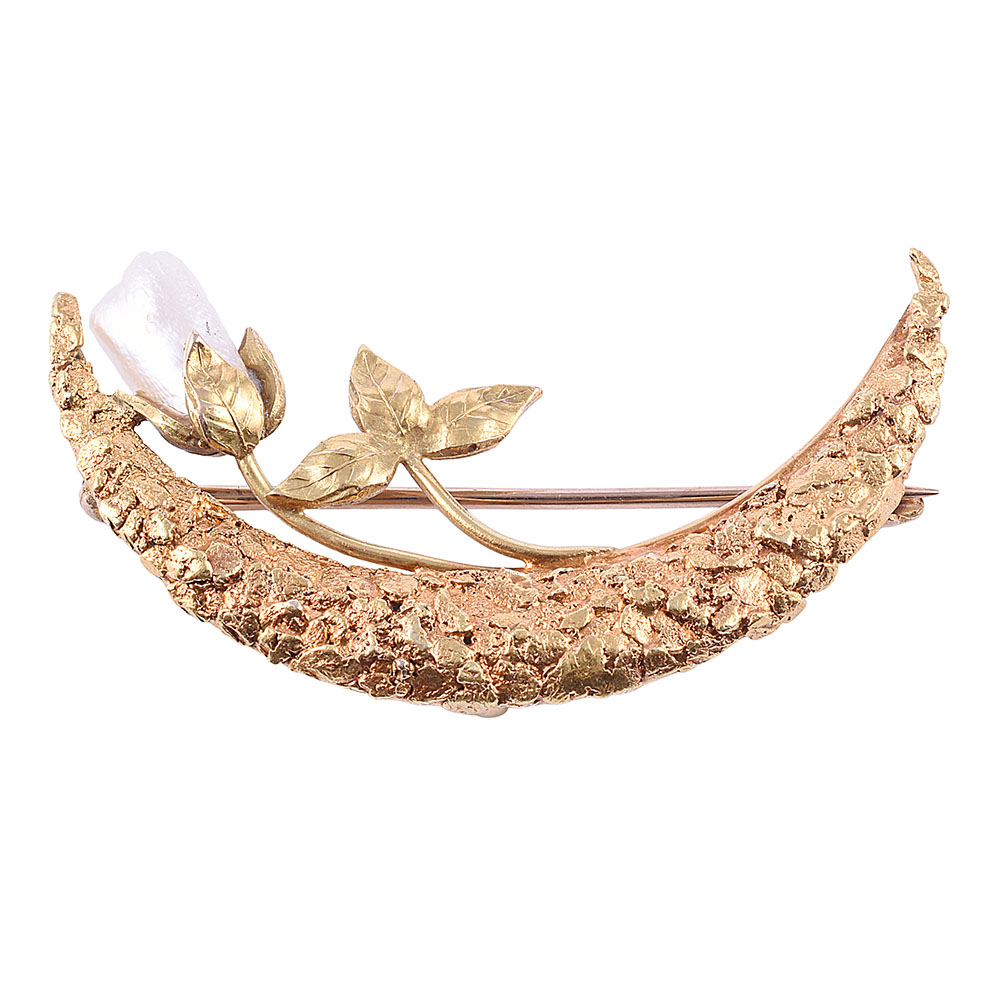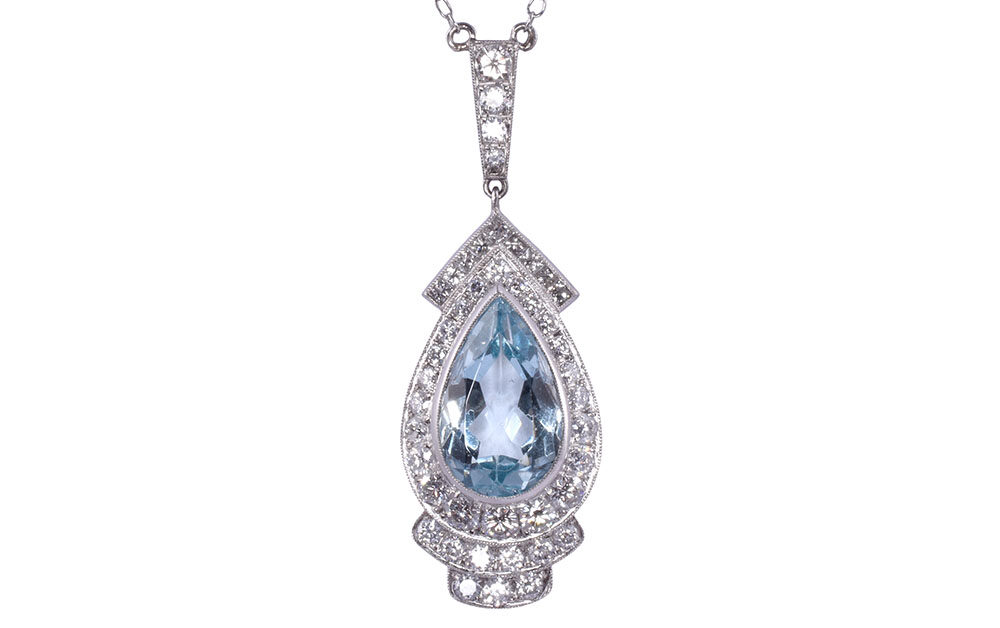Tips for Displaying Antique Art in Your Home


When you are thinking of ways to spruce up your home’s interior décor, there are few ways that measure up to the addition of art. Art is what makes a home unique and expresses its personality. A home needs art to feel complete and whole. Everyone has a different preference for art types and styles, but there should be a bit of art in every room in a home to keep it feeling cohesive and fresh. Art beautifies a home and can even double as a historic conversation piece. Antique art is a great thing to invest in. It looks striking in a home and comes with a rich history that you just can’t get from other home decor pieces. You don’t have to be an avid art collector to display outstanding pieces from a different time around your house. Explore some of these tips for displaying antique art in your home to learn the best ways to not only showcase your great taste, but protect the pieces as well.
Paintings
When it comes to antique paintings there are quite a few ways to display them. Below is a breakdown with extra tips for showing off your home accents in the best way possible.
Hanging on a flat wall
Hanging art on a flat, regular wall is the most common way to display antique art. If you have a large piece, consider hanging it centered on a main wall such as above the main seating option or above a fireplace. You can then situate smaller works around it or even let it stand alone.
Pro Tip: Be sure to hang antique paintings in rooms with low humidity. They should also be hung at a slight angle to help preserve them longer.
Hanging on a staircase wall
If your home has a staircase, you may want to include some antique art on the descent. Hanging art on a staircase wall is an art form itself. Staircases are best for multiple medium to smaller art pieces of varying sizes and shapes. Hang them in an angled decent that matches with the stairs for a cohesive and intriguing feel.
Displaying on a stand
Antique art can also be prominently displayed on an art stand. This stand will make sure your art is the focal point of any room. These are best positioned on an angle in a corner of a room. This is a great conversation piece and should be used with larger works that have an eye-catching quality.
Setting on a shelf
Setting medium to smaller paintings on a shelf in a main room is another option for antique art displaying. An eye-level shelf is ideal; it should be propped up against the wall in a safe manner with a few smaller, yet related elements on a bottom corner. This is a great spot to put a similarly colored trinket or a small object from a similar time period to help focus in attention on the painting.
Sculptures
Sculptures add culture and intrigue to a room. These are best displayed prominently and when allowed to be a focal point in a room. Check out some of these unique tips for displaying antique sculptures throughout your home.
Outdoors
Before deciding to store your antique sculpture outdoors, discuss your climate and available space with a trusted antique art dealer. Some antique sculpting materials won’t hold up or may deteriorate at a faster rate in some climates and with some weather changes. In general, humid environments should be avoided whenever possible.
Pro Tip: While many believe marble to be an ideal outdoor sculpture material, it can crack when exposed to too much sunlight. Shady areas are much safer for marble pieces.
Entryway
A popular place to display antique sculptures is right in the entryway or foyer of a home. This is a naturally formal place, making it perfect for a sculpture depicting a different time. The entryway is a wonderful place to show your larger sculptures or medium sculptures on a stand. In corners and in front of grand staircases are best the places to display artwork.
On a pedestal
A pedestal is a great solution for those sculptures that aren’t quite large enough to display alone or small enough to place on a table or shelf without overpowering it. Pedestals can help you to place your antique sculptures anywhere in your home as a part of the blending decor without being a jarring size.
As a centerpiece
Smaller sculptures double as intriguing and stylish centerpieces for tables. A sculpture as a centerpiece in a dining room exhibits class and style. Choose a sculpture that complements the style of your dining room and accents the furniture or the chandelier.
Pro Tip: Sculptures made of heavier material are more ideal for dining centerpieces as they add a sense of regality to the already formal room.
Other Art
While paintings, drawings, and sculptures are the most common types of art people display in their homes, there are other types of art you can invest in and display. Tapestries, vases, acrylic works, and other fabric art pieces are all wonderful items to showcase in your home for an added flair of personality. Discover some creative display ideas below.
For tapestries
Tapestries are a beautiful form of art meant to be hung on a wall and displayed as a main decor piece in a room. They range in size and are typically very intricate with various details. These are best to display in long hallways where there is not much else to draw attention as these require inspection to fully take in. Hanging tapestries is not a complicated process and they can be hung like a regular painting or wall art decor.
For vases
Vases are great for accent decor. They are perfect to set on a shelf, side table, console table, and even on the ground or on a stand if they are large enough. Vases display an art form that is unique and intricate. They are great for pops of color.
There are so many ways to let antique art into your home and help define your home decor styles. Discover our antique art pieces for your home through our antique shop online. At Solvang Antiques, we keep an up to date catalog of our antique fine artworks online.




